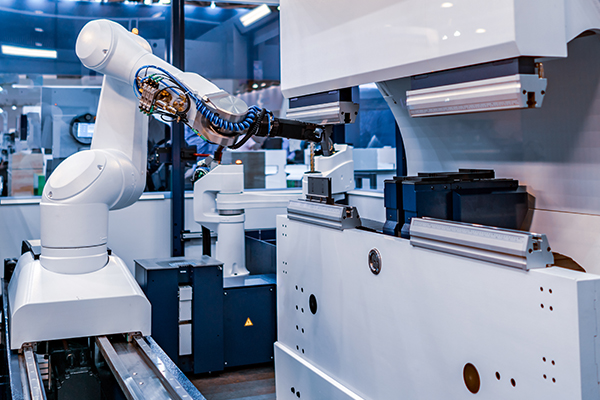Hydraulic buffers play a key damping role in the end actuators or moving parts of pneumatic systems. Their core function is to absorb the residual kinetic energy of the moving parts at the end of the stroke or at a specific position, and effectively convert and dissipate this energy. Through the synergy of the specially designed internal damping structure and the incompressible hydraulic medium, it can smoothly and controlledly convert high-speed movement into a soft stop. Compared with simple pneumatic buffers, such devices significantly improve positioning accuracy, minimize mechanical shock, vibration and accompanying noise, thereby protecting the pneumatic component body, driven load and related mechanical structures from potential damage caused by rigid collision.
Its compact structure is easy to integrate into the cylinder body or install as a stand-alone unit, and its buffering performance can usually be adaptively adjusted according to actual working conditions. For pneumatic applications that pursue smooth movement, repeated positioning reliability and long equipment life, hydraulic buffers are an indispensable solution for achieving efficient and low-impact operation.


